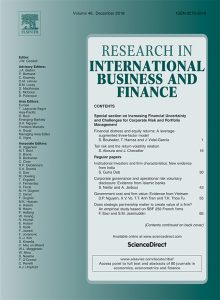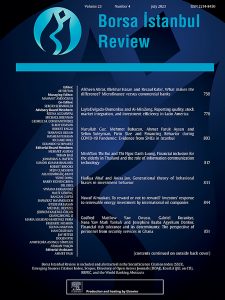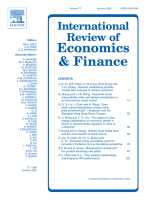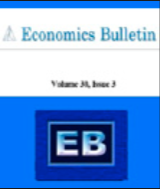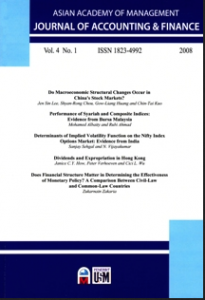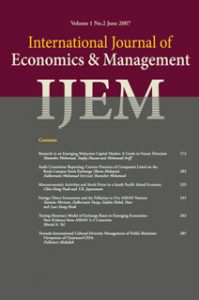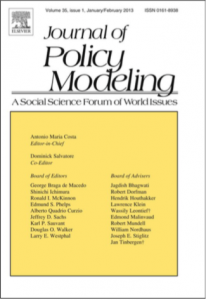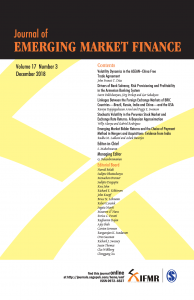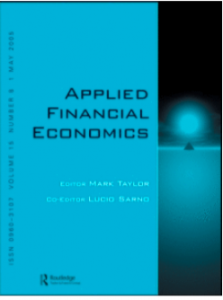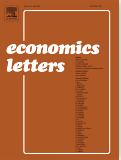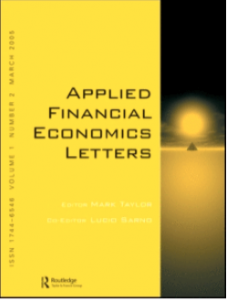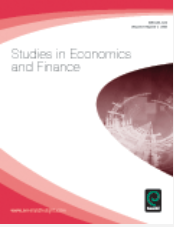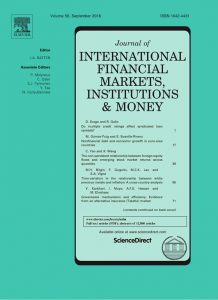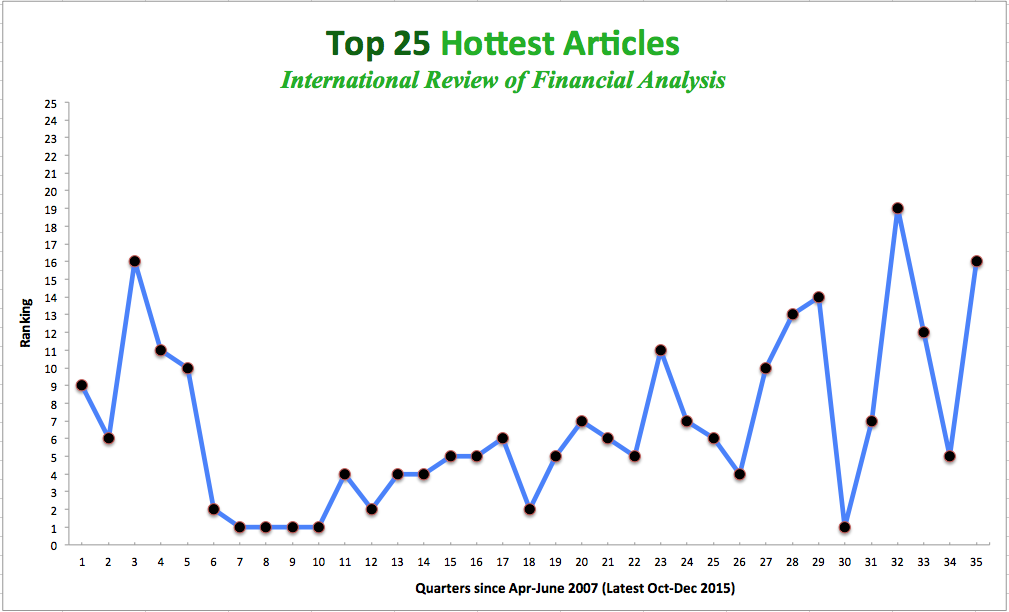Abstract
This study examines the efficacy of governance through voice in an emerging market where managers have limited financial incentives to heed stock price feedback and align their actions with shareholder interests. Using hand-collected data on blockholders serving on corporate boards for all non-financial firms publicly listed in Malaysia from 2002 to 2019, we uncover a U-shaped relationship between blockholder board representation and firm value. Below a certain threshold, blockholder board representation is negatively associated with firm value, reflecting market concerns over these directors’ ability to mitigate agency problems. However, once blockholder presence on the board exceeds this threshold, we observe a positive impact on firm value. This improvement is attributed to the enhanced governance through voice provided by active blockholder-directors.
Keywords
Multiple blockholders; Blockholder board representation; Blockholder-director; Governance through voice; Malaysia


